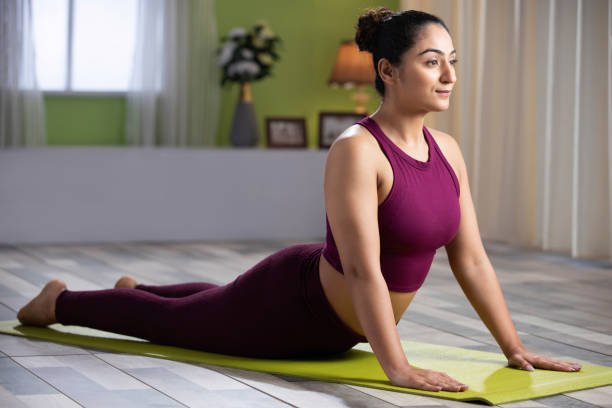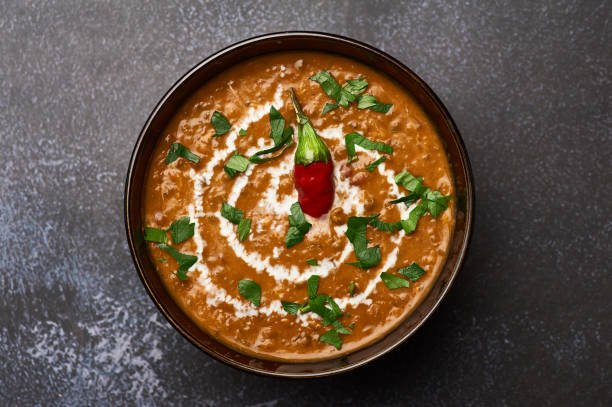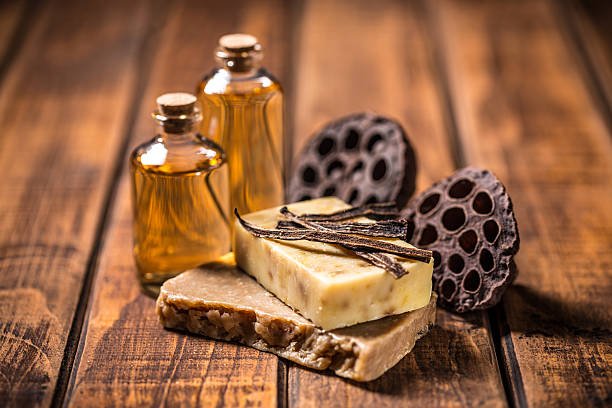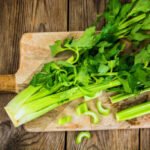Bhujangasana
Doing the Cobra yoga pose every day may have several benefits, such as stretching and strengthening muscles, reducing symptoms of depression, and improving self-esteem.
Few yoga poses are as accessible and holistic as Cobra Pose. Known in Sanskrit as Bhujangasana, Cobra Pose is one of only a handful of postures that are taught across all levels and all styles of yoga.
Cobra falls into a category of poses called backbends, in which you arch your spine backward — a movement known as spinal extension.
Moving in this direction is helpful to counteract all the forward motion and more rounded shapes many of us make throughout the day, partly due to using computers and other devices so often.
Though Cobra is commonly woven into the warmup sequence of Sun Salutations, it’s a powerful pose in its own right and one we should all try to do at least once a day.
How to do Cobra Pose (Bhujangasana)


- Lie on your belly. Separate your feet and legs to hip width. Point your toes, so the tops of your feet are on the floor.
- Bend your elbows and place your hands on the floor next to your ribs, stacking your wrist and elbow.
- On an inhale, begin to peel your chest away from the floor, lifting into spinal extension.
Low Cobra: Keep your low belly on the floor and elbows bent. Look straight ahead or down toward your cheeks. If your low back is tender or you have neck pain, stay here.
Full Cobra: Continue pressing your arms toward straight (without locking your elbows!) until your belly is completely off the floor and you are on your pubic bone. Gaze straight forward, which will help keep your neck long.
Muscles worked and stretched in Cobra Pose
In many yoga poses, when one side of your body is being lengthened, the opposite side is being strengthened. Generally, backbends tend to stretch the muscles of your front body while toning your posterior muscles.
Muscles stretched in Cobra Pose:
- tops of the feet, or ankle dorsiflexors
6 benefits of Cobra Pose backed by science
Because Cobra Pose is often performed in a series of asanas, there’s very little research on it as a single exercise. Many of the benefits listed below are related not to Cobra Pose alone but to a yoga practice that includes Cobra Pose.
1. May reduce symptoms of depression
A 2017 study found statistically significant improvement of symptoms in people experiencing mild to moderate depression after they partook in an 8-week Hatha yoga program that included practicing Cobra Pose twice a week .
Overall, research suggests that a sustained or long-term yoga practice contributes to improvements in depressive symptoms .
Cobra Pose specifically has been associated with the “feeling of upliftment and elevation” because of the lengthening involved in the pose .
2. May relieve lower back pain
A 2020 review of numerous studies looking at the effect of yoga on lower back pain found statistically significant improvement in symptoms .
One such study showed that practicing yoga, including Cobra Pose, for 12 weeks helped improve self-reported lower back pain and the anxiety that comes with chronic pain .
The study mentioned that physical changes to the intervertebral discs, as measured by MRIs, were not statistically significant enough to report, but participants’ self-reported experiences with pain relief were worth noting .
The accessibility of Cobra Pose may make it a cost-effective alternative or complementary treatment to physical therapy or pharmacotherapy.
3. May improve self-esteem
Many people practice yoga to reduce stress and anxiety, but studies also show significant improvement in practitioners’ self-esteem .
This may be true even from a young age, as one small 2019 study found significant self-esteem improvement in school-age children after they practiced yoga daily for 4.5 months .
According to a small 2020 study, yoga can be particularly helpful for today’s adolescents .
On the whole, adolescents are experiencing higher levels of depression and loneliness, likely due to increased use of social media, all of which affect self-esteem.
The study found that participants who practiced yoga had improved emotional regulation and self-esteem compared with those who didn’t do yoga .
4. May reduce inflammation
Inflammation is a common byproduct of chronic health conditions such as cancer and various arthritic disorders.
In a 2014 study of 200 breast cancer survivors, participants showed significant improvement in inflammation after attending a 90-minute yoga class, which included Cobra Pose, twice a week for 12 weeks .
An even more recent study of people with rheumatoid arthritis found significant improvements in inflammation and other symptoms after participants practiced yoga, including Cobra Pose, 5 times a week for 8 weeks .
5. May improve sleep
Though backbends are anecdotally considered energizing postures, numerous studies have found that people experienced improvements in sleep quality after performing them, particularly when people practiced Cobra Pose daily.
A small 2017 study found that 12 weeks of yoga, which included Cobra Pose, outperformed 12 weeks of aerobic activity in improving sleep for women with type 2 diabetes
And in a 2014 study, 18 weeks of a regular yoga practice involving Cobra Pose helped menopausal women experience improved sleep
6. May improve posture
Since so many of us sit for work every day and then look down at our phones or other devices at night, our posture often suffers. Regularly practicing spinal extension exercises like Cobra Pose can help counteract problems such as forward head posture or slumping shoulders.
- hip flexors
- abdominals
- pectoralis muscles
- biceps and brachialis
- cervical flexors on the front of the neck
Muscles engaged in Cobra Pose:
- hamstrings
- gluteus maximus (though we recommend not tensing your buttocks, as that may lead to lower back compression)
- spinal extensors, particularly the erector spinae
- muscles of the upper back, such as the rhomboids and middle trapezius
- triceps
Tips to get the most out of your practice of Cobra Pose
Though Cobra Pose is technically considered a back “bend,” the goal is not to fold your back in half like a playing card but rather to create a long and even arch.
Your spine is a series of curves. Two portions — your neck (cervical spine) and lower back (lumbar spine) —naturally arch toward the front of your body. This is called a lordotic curve.
In a typical spine, those portions tend to already be quite mobile in the direction of backbending, or extension.
When coming into Cobra Pose, make sure to lengthen your neck and lower back. This will not only protect those vulnerable areas from over-arching but also may actually help you backbend farther, as you won’t get jammed up.
Other considerations:
- Make sure the tops of the feet are on the floor and your ankles are straight and not sickling.
- Lift on an inhale and lower on an exhale.
- If your low back is tender or you have neck pain, stick with Low Cobra Pose.
- Engaging your belly can help protect your lower back.
- Create a push/pull effect with your hands rather than just pushing down, which may bunch up your trapezius and compress your neck. While pushing down, gently pull your hands toward you (while keeping them in place on the floor) to lengthen your chest forward.
- Keep your gaze straight forward, or even down, to encourage the neck to lengthen.
- You can practice Cobra dynamically, meaning you raise and lower with your breath, or statically, meaning you hold yourself upright for a certain count of breaths.








